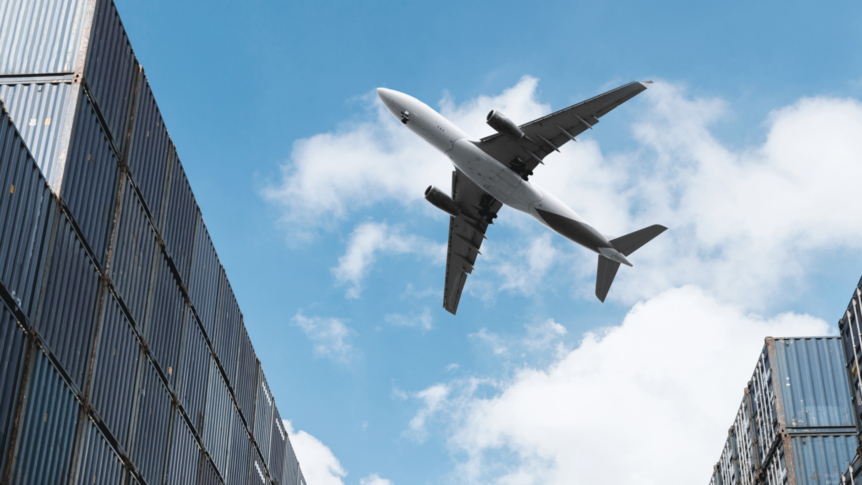When China manufacturing plants shut down in February due to the spread of COVID-19, a chain of events ignited that would lead to the most disruptive period in Global Supply Chain history. Ocean carriers reduced sailings, and commercial airlines eliminated passenger flights as travel dissipated.
Challenges Faced During the Pandemic
As the virus raged throughout the world, both governments and private enterprises scrambled to find available air cargo space to deliver PPE to the “hot zones.” Air freight prices increased as much as 600 percent. Passenger aircrafts were repurposed to carry freight where passengers once sat. Consumer demand fell, and importers started canceling orders. With manufacturing at a reduced capacity and with demand falling, ocean carriers started to introduce blank sailings – leaving the schedules intact but not actually sailing the ship.
Chinese factories reopened in March, and steamship lines resumed service at reduced levels. All the carriers, through their alliances, decided to not bring their services fully back online. Instead, they canceled sailings to make sure demand remained high, with critical need for PPE and spiked demand for eCommerce products. Carriers were able to force the market to pay more for services that had been taken for granted for years. They introduced new ‘fast services’ where they could charge a premium to bridge a gap between air and ocean to get goods to market several days early. Ocean carrier market manipulation did not go unnoticed. In September, the Chinese Central Government ordered the lines to cease manipulating the market. Since then, rates have remained somewhat stable.
As Q4 ends and we enter 2021, we predict there are more challenges that the global logistics world will face:
- Ocean rates will stay elevated into 2021.
- Air freight services will be challenged with reduced capacity and passenger travel.
- Ocean and air rate swings are expected to continue into 2021.
- Vaccine launches will tie up available air cargo space for an extended period.
Moving Forward
With this ever-changing market, shippers must plan, forecast, and plan again to adjust to these evolving times. Take in consideration a few of the below solutions to combat these challenges:
- Consider extending lead times to your customers.
- Negotiate ocean contracts that allow for a mutually agreed upon peak season surcharge.
- Have a transparent conversation with each of your carriers about the high/low-volume shipment cycles.
- Consider substituting faster ocean services for air shipments. LCL services have improved.
- Be as accurate as possible with annual volume projections.
- Examine detention free-time periods. Is there a way to turn ocean containers faster to reduce detention free time?
- Allow for equipment substitution when necessary.
Throughout 2020 and into 2021, Pegasus has evolved and navigated through this changing market. We have been and are committed to finding innovative solutions to meet the market demands and provide our clients with premium service and tailored solutions.
Now is the time to be strategic about all your direct-carrier and NVOCC partner relationships. Look for a partner who provides transparency, finds cost-effective solutions, and allows you to be proactive rather than reactive. Our team of innovative problem solvers at Pegasus listens to your needs and uses our experience to rapidly implement programs and solutions that drive success. For more information on our customized solutions and how we can partner with you in any COVID-19 related challenges, email info@pegasuslogistics.com or call 800-997-7226.

